Right anterior thoracotomy vs. upper hemisternotomy for aortic valve replacement with Perceval S: is there a difference?
Frontiers in Cardiovascular Medicine
OCTOBER 24, 2024
001) and postoperative atrial fibrillation occurred less frequently (p = .044) This was a retrospective, single-center observational study. The patients were divided into two groups: the hemisternotomy group (n = 100) and the right anterior thoracotomy group (n = 74).ResultsThe ResultsThe overall in-hospital mortality was 1,7%.

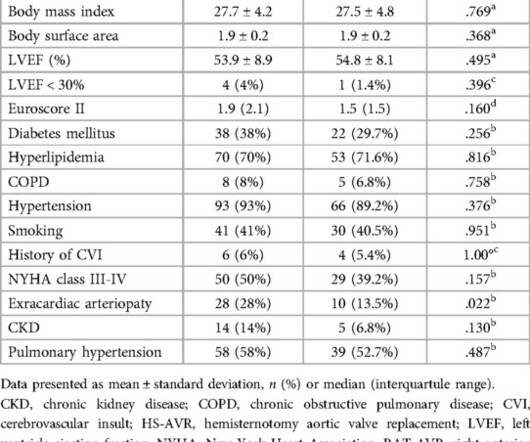




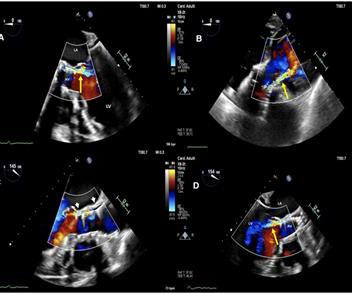
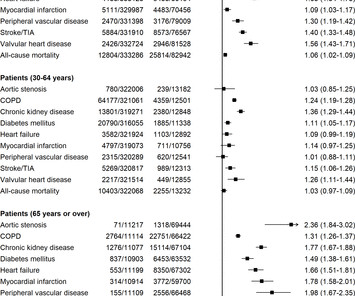

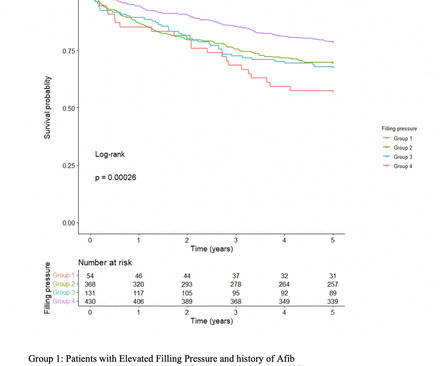
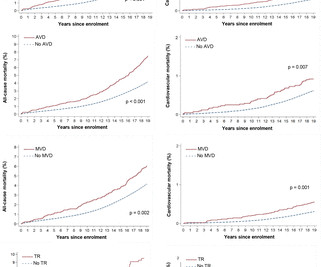
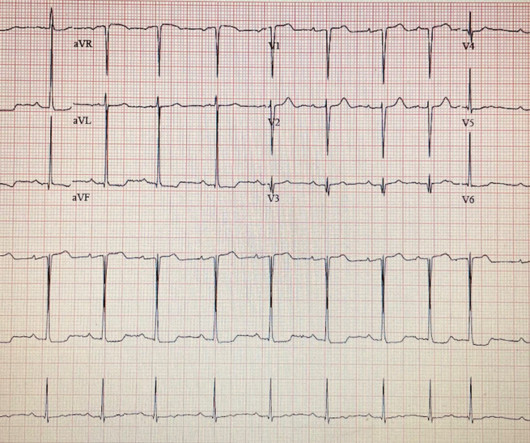




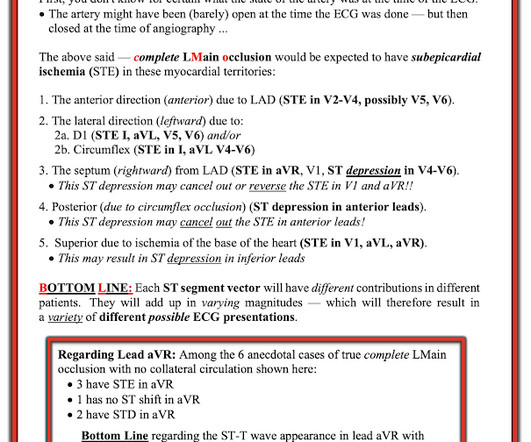

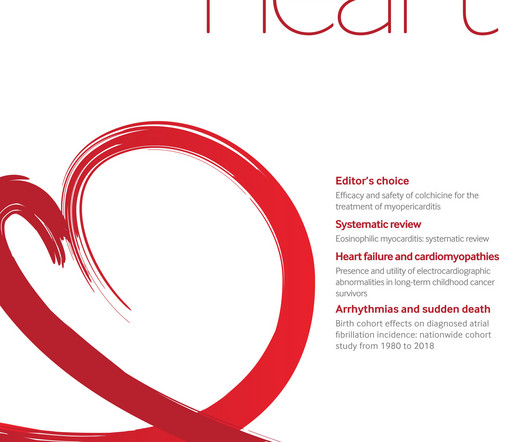

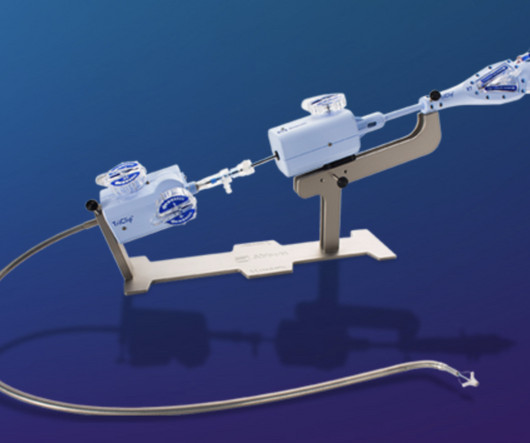

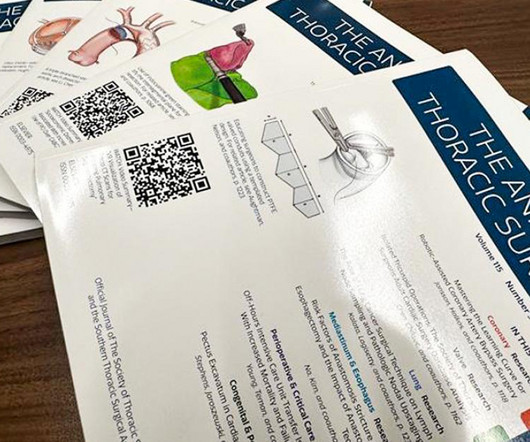
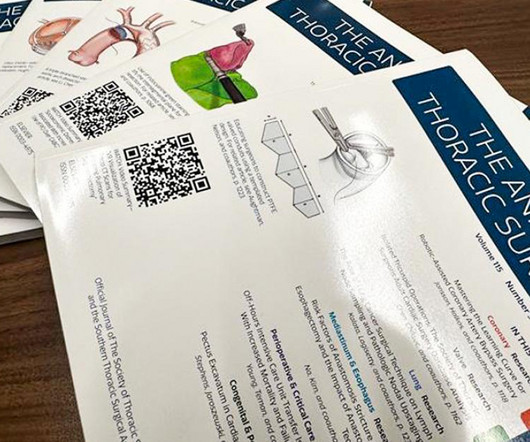
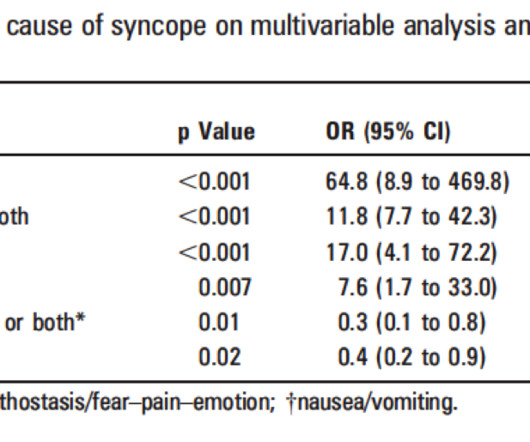






Let's personalize your content